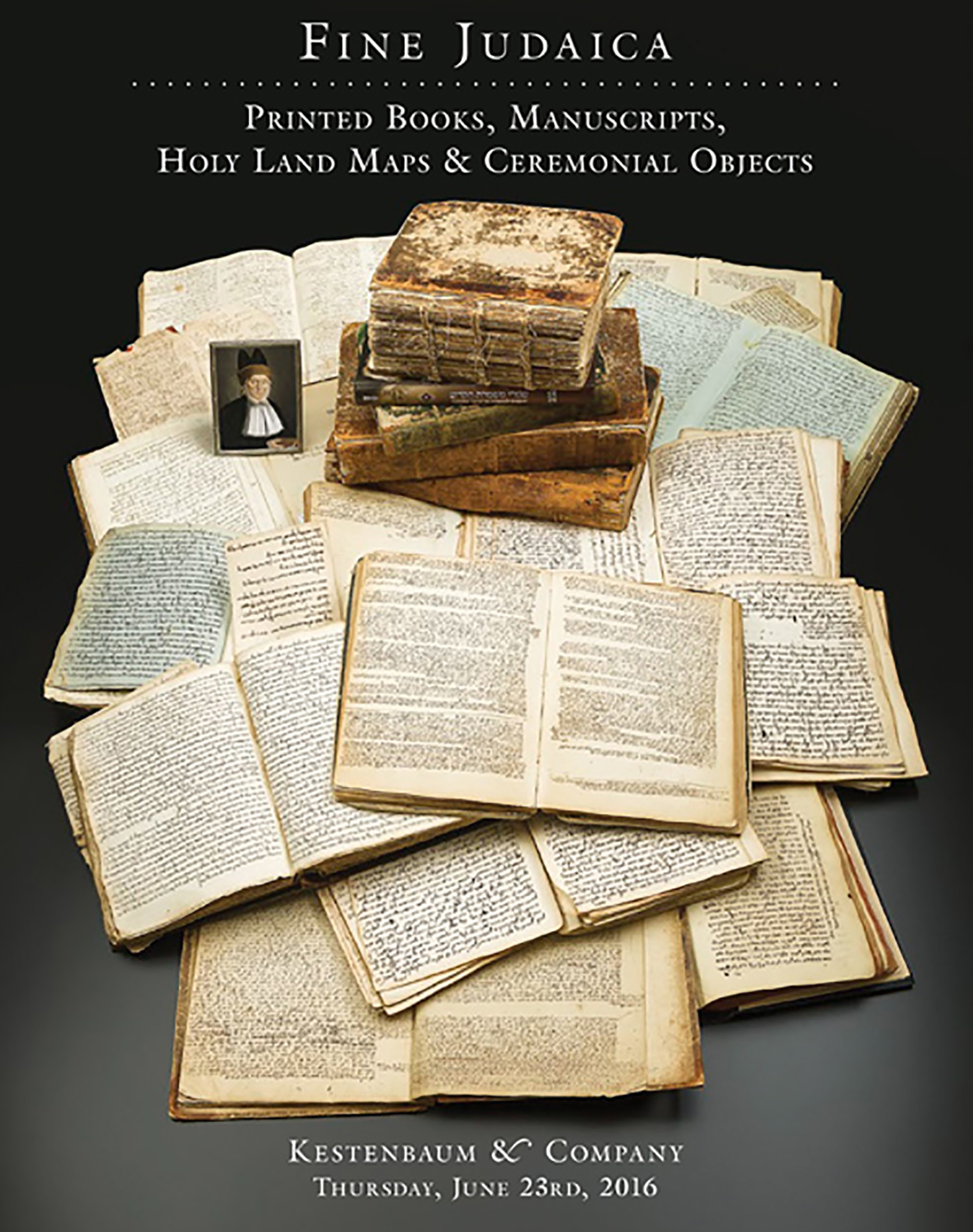Ma’aseh Choshev [Kabbalistic kavanoth on the mitzvoth in accordance to the teachings of Isaac Luria].

AUCTION 69 |
Thursday, June 23rd,
2016 at 1:00
Fine Judaica: Printed Books, Manuscripts, Holy Land Maps and Ceremonial Objects
Lot 213
AZULAI, ABRAHAM BEN MORDECHAI.
Ma’aseh Choshev [Kabbalistic kavanoth on the mitzvoth in accordance to the teachings of Isaac Luria].
Hebron: 15th Kislev 1677
Est: $10,000 - $15,000
PRICE REALIZED $10,000
<<AN IMPORTANT KABBALISTIC WORK.>>
According to Yosef Avivi (Kabbalath Ha’Ari Vol. I, p. 372) Ma’aseh Choshev is the first Kabbalistic work to organize all the kavanoth of the mitzvoth as taught by the Ar’i into one cohesive work.
The first part concerns the mitzvoth performed during the week and the second part, the mitzvoth performed on Sabbath and Holidays.
Each chapter is entitled “Rimon,” Part I contains 27 Rimonim and Part II contains 26 Rimonim. The appended unnumbered leaves here are written in three differing hands and pertain to the kavanoth of Chanukah, Sephirath Ha’omer and other kabbalistic matters. The material on Sephirath Ha’omer commences with a preface signed by Shlomo b. Binyamin Halevi.
The title-page states that this manuscript was written in Hebron on Rosh Chodesh Cheshvan, 1673 and copied for Haham Shlomo Abulafia. The colophon on f. 116a states that it was completed on 15th Kislev, 1677 and copied by the author’s son. In his observations, Avivi only had access to the first 111 leaves of this manuscript. He does not mention the colophon on f. 116, nor the additional 25 leaves of kabbalistic material. The manuscript was published by the Kabbalistic Yeshiva Sha’ar HaShamayim (Jerusalem, 1992 and 2002) and the scribe is attributed as being the author’s son. The additional 25 leaves here were not published.
In his study (Avraham Azulai, Kenaf Renanim-Ma’aseh Choshev (Jerusalem, 2002) Ya’akov Orlanger often refers to this manuscript and states that it contains language and additional readings not found elsewhere (see p. 160 notes 1-2).
Born in Fez, R. Abraham Azulai (1570-1643) stemmed from a celebrated rabbinic family. In 1599 he moved to Eretz Israel and settled in Hebron. He was greatly venerated by the disciples of the Ba’al Shem Tov and the Maggid of Mehzritch and is quoted profusely by the Toldoth Ya’akov Yoseph and in the works of the Alter Rebbe.
